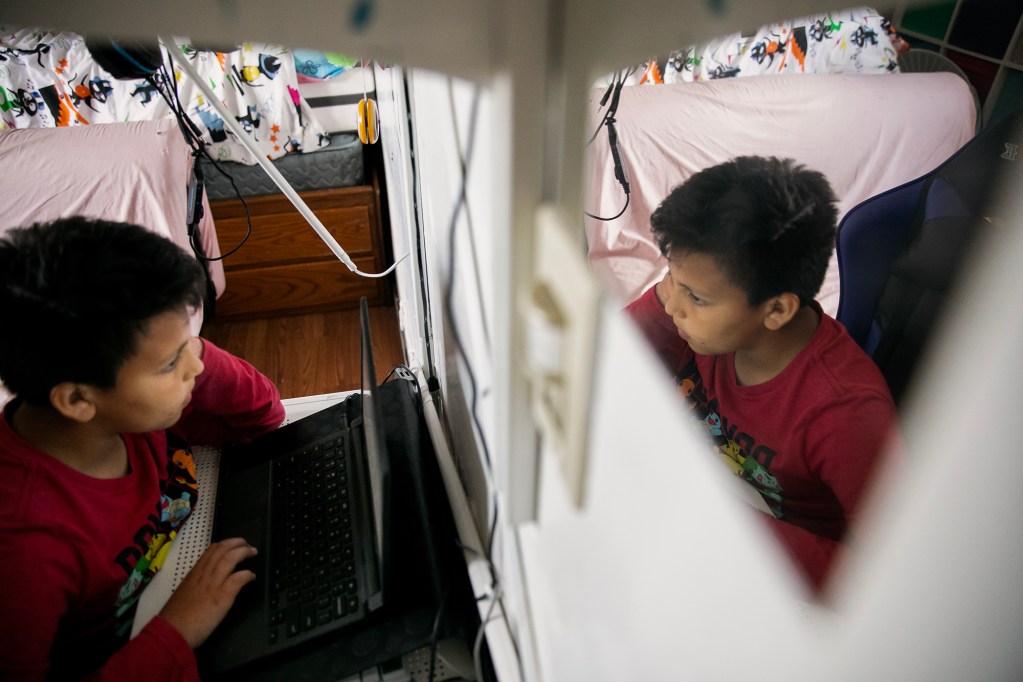What truly sets California apart from other states is its sheer immensity.
While Alaska and Texas may be physically larger, in all other respects California towers above other states in population, ethnic diversity, cultural impact and economic power — the latter being equivalent to that of a major nation.
The corollary to California’s outsized prominence, however, is that when its officialdom makes mistakes, they, too, are often gigantic embarrassments.
One that comes to mind is what happened three decades ago when a Republican governor, Pete Wilson, and a Legislature controlled by Democrats decided to completely overhaul the state’s electrical utility system.
Officials called it “deregulation” and promised a new era of more abundant and less expensive power, but it was an ill-conceived mishmash that opened the door to manipulation by suppliers, forced one utility into bankruptcy, almost destroyed another, and increased consumers’ costs.
There have been too many other California debacles.
For instance, when Oroville Dam was completed nearly six decades ago, California officials bragged about its being the nation’s highest at 770 feet. However, in 2017 the earthfill dam’s spillway was fully employed due to record amounts of snow runoff, revealing major flaws. As the concrete spillway collapsed, releases were shifted into an alternative spillway but it was just dirt and rock and also began to erode.
The dam was close to collapse, but while a complete catastrophe was averted, the incident revealed major lapses in the dam’s design, construction and maintenance.
More recently, when the COVID-19 pandemic struck, businesses were forced to close, about 3 million workers lost their jobs and the Employment Development Department was overwhelmed by applications for unemployment insurance.
The chaos resulted in thousands of jobless workers not receiving the benefits to which they were entitled, thereby imposing financial distress on them and their families, while tens of billions of dollars were paid out to fraudsters.
The bullet train project is a looming candidate for the state’s list of shameful failures. It’s decades behind initial promises of completion, is costing many times the estimate when voters passed a $9.95 billion bond issue in 2007, and lacks a viable financial plan.
That brings us to what may be California’s worst-ever political policy decision: Closing the state’s public schools for many months during COVID-19 and forcing nearly 6 million students to cope as best they could.
Those with affluent parents fared fairly well. They were more likely to work from home, so they could monitor internet instruction. Some pooled resources, hired teachers and created ad hoc schools.
Read More: K-12 reading and math scores inch upward, but are still below pre-pandemic levels
Students from lower-income families had no such advantages. Their parents more likely had jobs that could not be done remotely, and were less likely to have internet service or their own computers.
The result, later academic testing revealed, was a widening of an already immense achievement gap between kids from poor families — roughly 65% of the state’s enrollment — and their more privileged peers.
Last week, the state Department of Education released results of the latest round of state achievement tests. Overall, there were fractional gains, but California’s students are still behind where they were prior to the pandemic, and the achievement gap is fundamentally as wide as ever — about 30 percentage points in English language and math.
Moreover, national achievement tests have shown that California’s kids are well behind those in all but a handful of other states.
California’s educational achievement crisis is negatively impacting the futures of millions of kids and the state’s economy.
That would have been a far more important topic for the nothingburger special legislative session that Gov. Gavin Newsom called on gas prices.

